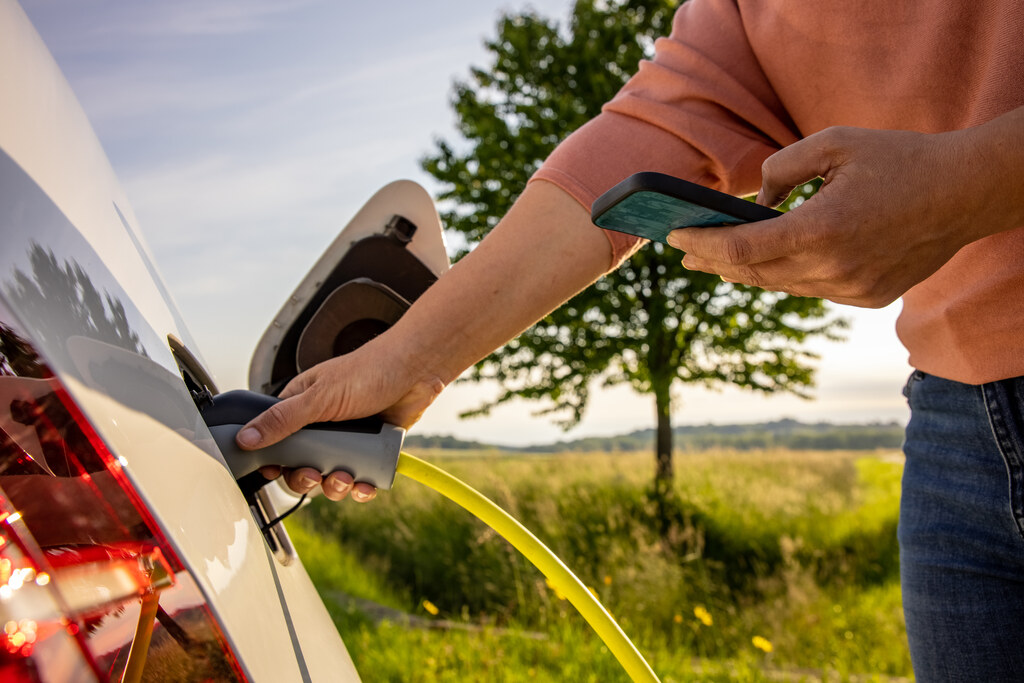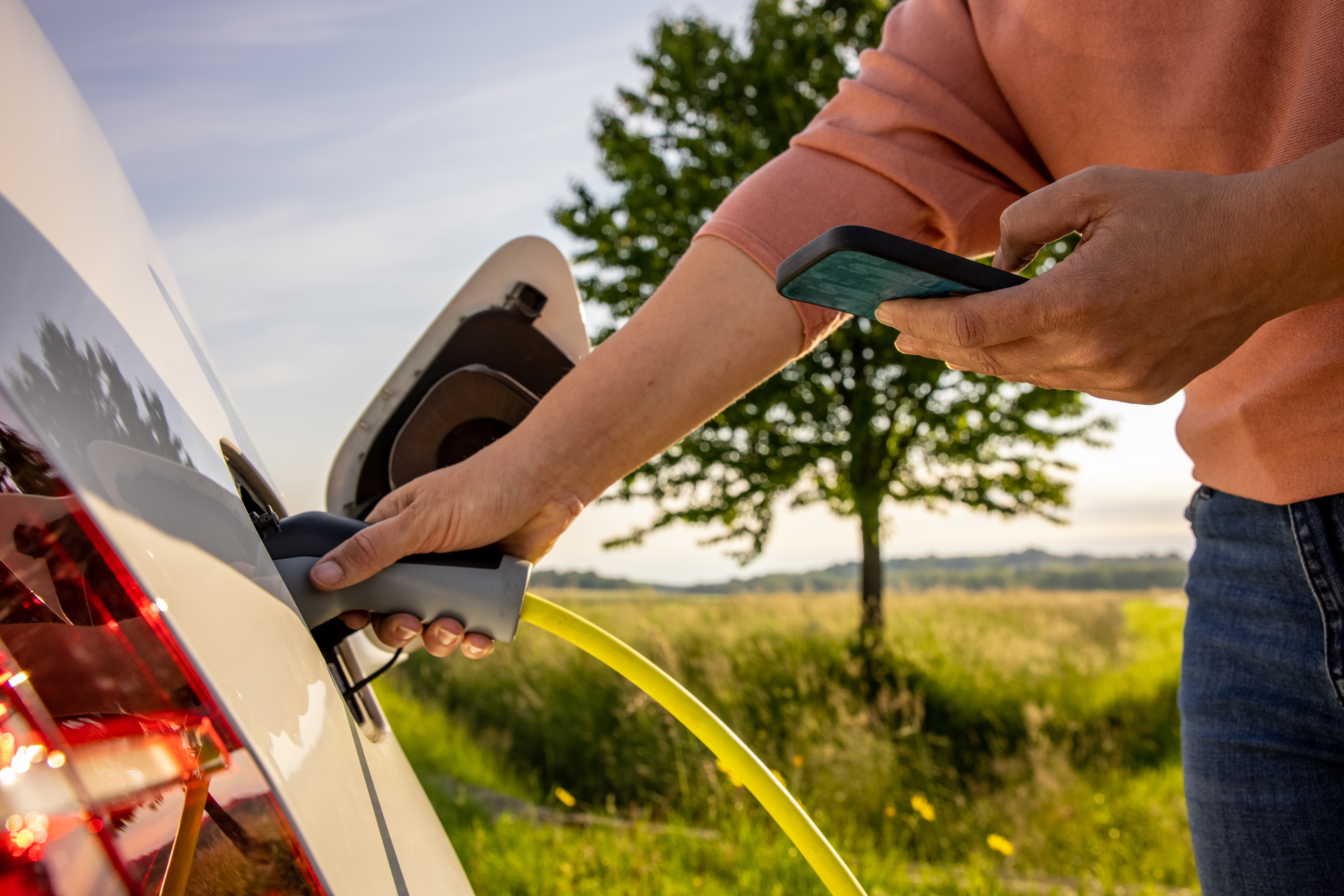
About In-Charge
Rapidly developing technologies like mobile phones, electric cars, and drones have the potential to contribute to the well-being of our countries, increase European security, and eventually replace fossil fuels if…
Rapidly developing technologies like mobile phones, electric cars, and drones have the potential to contribute to the well-being of our countries, increase European security, and eventually replace fossil fuels if we could store energy for long enough in high-capacity batteries charged from renewable sources. The capacity of current batteries, however, is way below the threshold required for complete replacement of oil products (fossil fuels) as energy stores; indeed, the energy density of the best batteries today is 260 Wh/kg = 0.93 MJ/kg (Flux Power 2020), whereas diesel fuel has 43.2 MJ/kg (Engineering ToolBox 2008).

Photo: Simon Skafar via iStock
Most of the batteries we use today are based on non-sustainable and hazardous materials, such as cobalt and lithium. Currently, we can’t make better batteries because our understanding of the properties of the interfaces between the battery components (electrodes and electrolytes) is lacking (Atkins 2021). In-Charge therefore proposes to apply the High Throughput Computation approach to create a catalogue of material interfaces relevant to batteries (Denmark part), elaborate a comprehensive data (Lithuanian part) model to describe those interfaces and make them searchable, and offer these results as a FAIR (Wilkinson 2016) dataset for easier investigation and further experimental testing of these materials in order to find better materials for high-capacity, high-power batteries.

